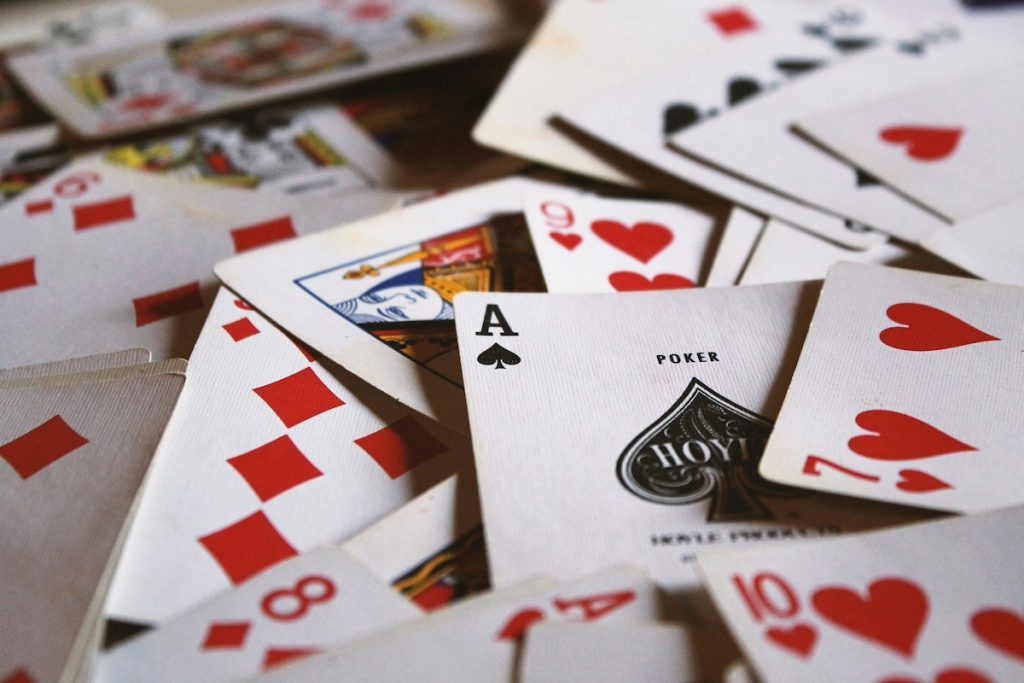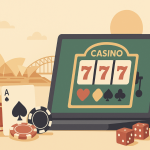From bone-carved dice in Mesopotamia to spinning virtual roulette wheels on a smartphone, humanity’s love for games has survived thousands of years, proving that the thrill of chance never goes out of style.
From Ancient to Modern: Classic Games and Their Digital Twists

From Ancient to Modern: Classic Games and Their Digital Twists
Games form a fundamental part of our society and even during the Stone Age people would play pattern recognition games and use toys. Throughout thousands of years of human history, we have had a love of games. It is a fascination that long pre-dates smartphones and even electricity.
Sure, the tools we use to play games have changed, but many of the core concepts have remained the same. In this article, you will go on a journey through time to discover what forms our love of games has taken from ancient pastimes or modern entertainment.
The Oldest Play: Dice Through the Ages
Dice are one of the oldest gaming tools and have been found in archaeological sites dating back over 5,000 years. In ancient Mesopotamia, people made dice from stone and even bones. And yes, that’s why today we still use the term “rolling the bones” when throwing dice.
This highlights that even ancient civilizations found entertainment in the idea of random outcomes. However, dice were also used in other ways, such as Greek soldiers rolling dice to decide the fate of prisoners.
Fast-forward to today and dice haven’t just survived, they’ve gone digital. From simple online dice rollers to entire games built around virtual dice throws, the humble cube is still rolling strong. In the modern world, you can shake digital dice on your phone with the same suspense ancient players felt in dusty streets centuries ago. Just without needing to touch actual bones – or put prisoners lives on the line.
Cards: From Royalty to Smartphones

Playing cards trace back to 9th century China, where they were used as storytelling tools, but also in games and gambling. The trade routes brought them to the Middle East and Europe, changing and becoming the classic deck of playing cards (hearts, diamonds, clubs, and spades) we know today. Other forms also emerged, including Spanish cards with Oro (gold), Copas (cups/glasses), Espadas (swords) and Bastos (baton).
During the 15th century, playing cards had become popular with the nobility across Europe, and decks were ornated with gold and unique art. France is the birthplace of many formalized card, wheel, and dice games and the suits we use today became standard in the country during the 16th and 17th centuries. Did you know roulette was invented in France, long before the idea of Las Vegas had ever been dreamt up?
Wheels of Fortune: From Temples to Tablets
Humanity itself is connected to the wheel, a technological discovery that advanced civilization and helped to form all innovations after. Spinning wheel games are almost as old, and during ancient times, the Greeks would use the “Wheel of Fortune” to represent unpredictability in the future. By the Middle Ages, the physical wheel appeared in games of chance across Europe.
However, the biggest influence the wheel would have on games came in the 18th and 19th centuries. This is when roulette was created, becoming the glamourous centerpiece of casinos that were becoming popular in France and then later across Europe.
In the digital age, classic card and wheel games now live in online casinos. Players can experience virtual and live versions of favorites like blackjack and roulette online, highlighting how our ancient sense of gaming has survived to modern times.
The Digital Revolution: Old Games, New Tricks
What is amazing is the ancient tools and concepts we used for gaming thousands of years ago remain surprisingly intact. Yes, new games and rules have emerged, but dice, cards, and wheels still provide entertainment to people. It is simply because they tap into basic level emotions of suspense, hope, and competition.
And today, we have taken these games and tools into the digital realm. We now have 3D graphics, multiplayer global matches, and even virtual reality versions of classics like card, dice, and wheel games. Some online games keep the vintage aesthetic alive and stick to rules that have been in place for centuries.
The next time you swipe to spin a wheel, tap to flip a card, or click to roll digital dice, remember that you’re taking part in a tradition that spans millennia. The faces have changed, the tools are newer, but the human need for play, chance, and friendly competition is ancient and enduring.








